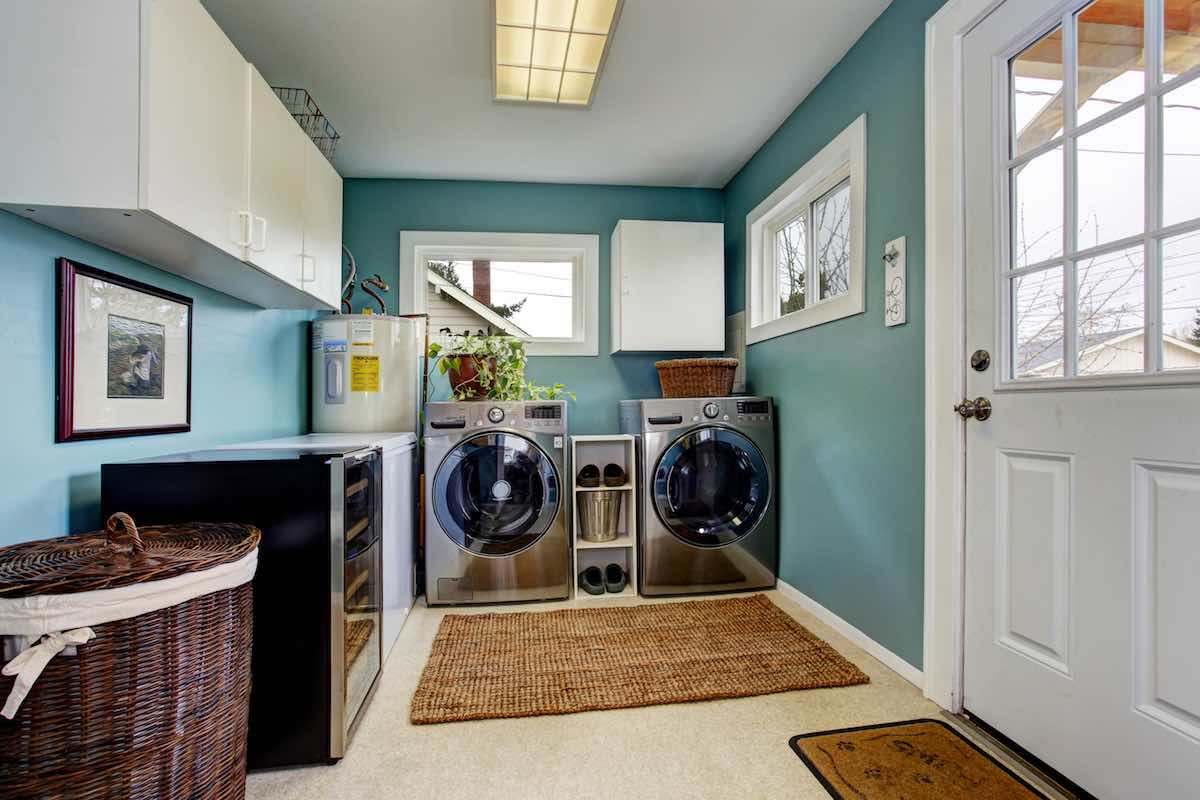Off grid living on a boat – Off-grid living on a boat offers a unique blend of adventure and self-sufficiency, attracting those seeking a life less ordinary. This lifestyle, however, requires meticulous planning and a deep understanding of sustainable systems, navigation, and legal considerations. From initial investment costs to ongoing maintenance and the intricacies of renewable energy sources, the journey to successful off-grid boat living is a complex but potentially rewarding one.
This guide explores the various facets of this unconventional lifestyle, providing insights into the financial, logistical, and social aspects involved.
The allure of escaping the constraints of land-based living draws many to the open water. But the reality of off-grid boat living extends far beyond the romantic ideal. It demands resourcefulness, resilience, and a commitment to sustainable practices. This in-depth exploration delves into the practical challenges and rewards, examining everything from securing reliable energy sources and managing water resources to navigating the legal complexities and fostering a sense of community amongst fellow seafarers.
Water Management and Sanitation on a Boat: Off Grid Living On A Boat
Living off-grid on a boat presents unique challenges, particularly concerning water management and sanitation. Resourcefulness and careful planning are paramount to ensure a comfortable and healthy lifestyle afloat. This section details practical methods for collecting, treating, and managing water and wastewater in an off-grid marine environment.
Rainwater Collection and Storage
Efficient rainwater harvesting is crucial for off-grid boat living. A system typically involves a collection surface (e.g., canvas, tarp, or the boat’s deck itself), gutters to channel the water, and storage tanks. The size of the collection area and storage tanks depends on the boat’s size and the crew’s water consumption. It’s vital to ensure the collection surface is clean and free of contaminants to avoid polluting the stored water.
Storage tanks should be food-grade plastic or stainless steel, and regularly cleaned and disinfected to prevent bacterial growth. A simple gravity-fed system can be sufficient for smaller boats, while larger vessels might benefit from a more complex system incorporating pumps and filters.
Water Filtration and Purification
Several methods exist for filtering and purifying rainwater or other water sources collected at sea. These range from simple gravity filters using activated carbon and ceramic filters to more advanced systems incorporating ultraviolet (UV) sterilization. Gravity filters effectively remove sediment and some bacteria, while UV sterilization kills microorganisms. Reverse osmosis (RO) systems provide the highest level of purification, removing dissolved salts and other contaminants, but are more complex and energy-intensive.
The choice of filtration/purification method depends on the water source’s quality and the desired level of purity. Regular maintenance and filter replacements are essential for optimal performance and to prevent recontamination.
Wastewater Treatment and Sanitation Systems
Wastewater management on a boat requires careful consideration. Composting toilets are a popular choice for off-grid vessels, offering a sustainable and environmentally friendly solution. These toilets break down human waste through a composting process, reducing the volume and eliminating the need for a traditional sewage system. However, they require regular maintenance and emptying. Greywater (from sinks and showers) can be treated using a simple filtration system before being discharged overboard, adhering to local regulations.
Blackwater (toilet waste) treatment is more complex and depends on the chosen sanitation system and local regulations. For example, a holding tank with a macerator pump and discharge system might be used in areas where overboard discharge is permitted. Proper maintenance and regular emptying of holding tanks are crucial.
Setting Up a Rainwater Harvesting System: A Step-by-Step Guide, Off grid living on a boat
1. Assess needs
Determine daily water consumption and choose appropriately sized collection and storage tanks.
2. Choose collection area
Select a clean, easily accessible area on the boat’s deck for rainwater collection.
3. Install gutters and downpipes
Secure gutters and pipes to channel rainwater to the storage tanks. Ensure proper sealing to prevent leaks.
4. Install storage tanks
Securely mount food-grade storage tanks in a shaded, stable location.
5. Install a filter
Include a simple filter at the inlet of the storage tank to remove large debris.
6. Regular cleaning
Clean the collection area and tanks regularly to prevent contamination and bacterial growth.
Essential Equipment for Efficient Water Management and Sanitation
- Rainwater collection system (gutters, pipes, tanks)
- Water filter (gravity filter, UV sterilizer, RO system)
- Composting toilet or holding tank system
- Greywater filtration system
- Water testing kit
- Cleaning supplies (disinfectant, brushes)
- Spare parts and filters
Embarking on off-grid boat living is a significant undertaking, demanding careful consideration of financial resources, sustainable practices, and legal compliance. While challenges undoubtedly exist, the rewards—freedom, self-reliance, and a unique connection with nature—can be profoundly fulfilling. For those prepared to embrace the adventure and meticulously plan for the realities of this lifestyle, the open water offers a path towards a truly independent and fulfilling existence.
The key lies in thorough preparation, adaptable resourcefulness, and a deep respect for the marine environment.
Expand your understanding about off grid living upstate ny with the sources we offer.


